Featured Photo Above:
Addie Joos Benefit Game, July 24, 1911
(Color Restoration by Chris Whitehouse of They Played in Color website)
Baseball History Comes Alive Now Ranked As a Top Five Website by Feedspot Among All Baseball History Websites and Blogs!
(Check out Feedspot's list of the Top 35 Baseball History websites and blogs)

Guest Submissions from Our Readers Always Welcome! Click for details
Scroll Down to Read Today’s Essay
Subscribe to Baseball History Comes Alive for automatic updates. As a Free Bonus, you’ll get instant access to my Special Report: Gary’s Handy Dandy World Series Reference Guide!
Brooks Robinson Photo Gallery
Click on any image below to see photos in full size and to start Photo Gallery:
Twins Historic 8-5 Triple Play Recalls Brooks Robinson’s Dubious Record!
In case you missed it, the Twins pulled off a historic 8-5 triple play in Monday’s game against the White Sox at Guaranteed Rate Park in Chicago. There’s never been an 8-5 triple play before in all of baseball history.
Here’s What Happened
In the bottom of the seventh, the Sox had Adam Engel on second and Yoan Moncada on first with nobody out, in a game tied at two-apiece. A.J. Pollack then launched a towering fly ball off Twins’ hurler Griffin Jax to deep center field that appeared to be headed for the stands. The Twins’ outstanding centerfielder, Byron Buxton, then made a highlight-reel catch at the wall. He immediately turned and made a strong throw back to the infield caught by third baseman Gio Urshela.
Forgetting “Baseball 101” that they had learned in Little League, both Sox runners failed to tag up. Ushela then nailed Moncada, caught between second and third, after he had stepped on second to get Engel, completing the historic 8-5 triple play.
(The look of disbelief on Tony LaRussa’s face as he watches the play develop in the photo below tells the entire story.)
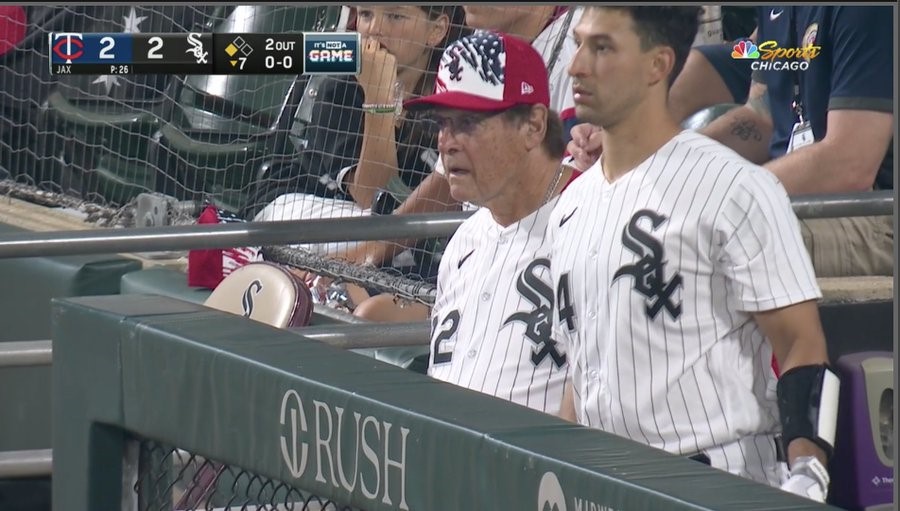
Whenever I hear the words “baseball” and “historic” in the same sentence, my baseball historian alarm bells immediately go off. I’d be remiss in my duties if they didn’t! I started thinking about other historical events involving triple plays. Of course, I thought about Bill Wambgass’ unassisted triple play in the 1920 World Series. And then I also recalled Brooks Robinson’s “dubious record.”
Brooks Robinson’s Dubious Record
We all remember Brooks Robinson as a great defensive third baseman, possibly the best ever. But there’s one record he’s saddled with I bet he’d like to see broken. Believe it or not, it has to do with triple plays!
Anytime you hear the name “Brooks Robinson” in the same sentence with “triple play,” you’d probably be thinking about how many the “Human Vacuum Cleaner” started from his position at third. Well, you’d be wrong. Yes, the sixteen-time Gold Glove winner was involved in three defensive triple plays. But that’s not what I’m talking about.
Over his 23-year career (1955-’77), Brooks set a record for hitting into – are you ready for this? – not one…not two…not three…but FOUR triple plays, more than any other major leaguer! They all occurred in a ten-year period between 1958 and 1967.
The first one occurred 64 years ago on June 2, 1958. In the bottom of the sixth inning with teammates on first and second base, Brooks lined into a triple play when Senators’ shortstop Rocky Bridges snared his hard-hit line drive, stepped on second, and then relayed the ball to first. That’s your typical triple play.
Just why did Brooks Robinson hit into so many? Well, for starters, if you could design a player likely to set this record, Brooks would fit the bill. He played for a long time without any significant injuries. And in spite of his quickness at third, he possessed very mediocre foot speed.
To be fair, in Brooks’s case, it’s probably just a statistical anomaly more than anything else. For various reasons, it’s unlikely this dubious record will ever be broken…or so says the Society of American Baseball Research (SABR):
“There have been less than 700 triple plays recorded since the 1870s. The frequency of TPs has gone down from about 3 per 10,000 innings at the turn of the century to about 1 per 10,000 innings for the last several decades. Let’s put that into perspective. If a ball player played 20 seasons, they would be involved in approximately 3,000 games or about 25,000 innings. That means, on average, a 20-year player would witness about three Triple Plays during their career. Not necessarily participate in the fielding or batting on the specific triple play; merely witness. But Brooks hit into four Triple Plays by himself.”
Another way to compare this feat is to look at the other players who have hit into multiple triple plays. Historically, there have been only three players who hit into three, and none of them played after 1930. As a matter of fact, all three are from the Dead Ball Era: George Sisler, Joe Start, and Deacon McGuire. And with no current player having hit into more than one, it doesn’t appear this record is going anywhere soon.
Are We Being Too Hard On Brooks?
Further research reveals that only the first and the last, a 5-4-3 ground out that killed a rally on August 6, 1967, are what could be described as “typical.” At least two of the others involved what might be called “flukes,” with one occurring when Brooks slipped rounding third; and another when Luis Aparicio made an ill-advised attempt to score from third.
To set the record straight, the Orioles actually won three of these four games. And Brooks produced exceptionally well in his other at-bats. Eliminate the four triple plays, and he had 10 hits in 13 at-bats (.769), scored four times, and drove in four runs. Under normal conditions, those would be considered very good days.
Regardless, this is a record that he’ll likely be stuck with for quite some time…and one he’d likely be glad to be rid of!
Gary Livacari
Subscribe to our website, “Baseball History Comes Alive!” with over 1200 fully categorized baseball essays and photo galleries, now closing in on the one million hits mark with 829K hits and over 600 subscribers: www.baseballhistorycomesalive.com
Information: Excerpts edited from the Triple Play Wikipedia page; SABR article on triple plays; and from article on MLB.com
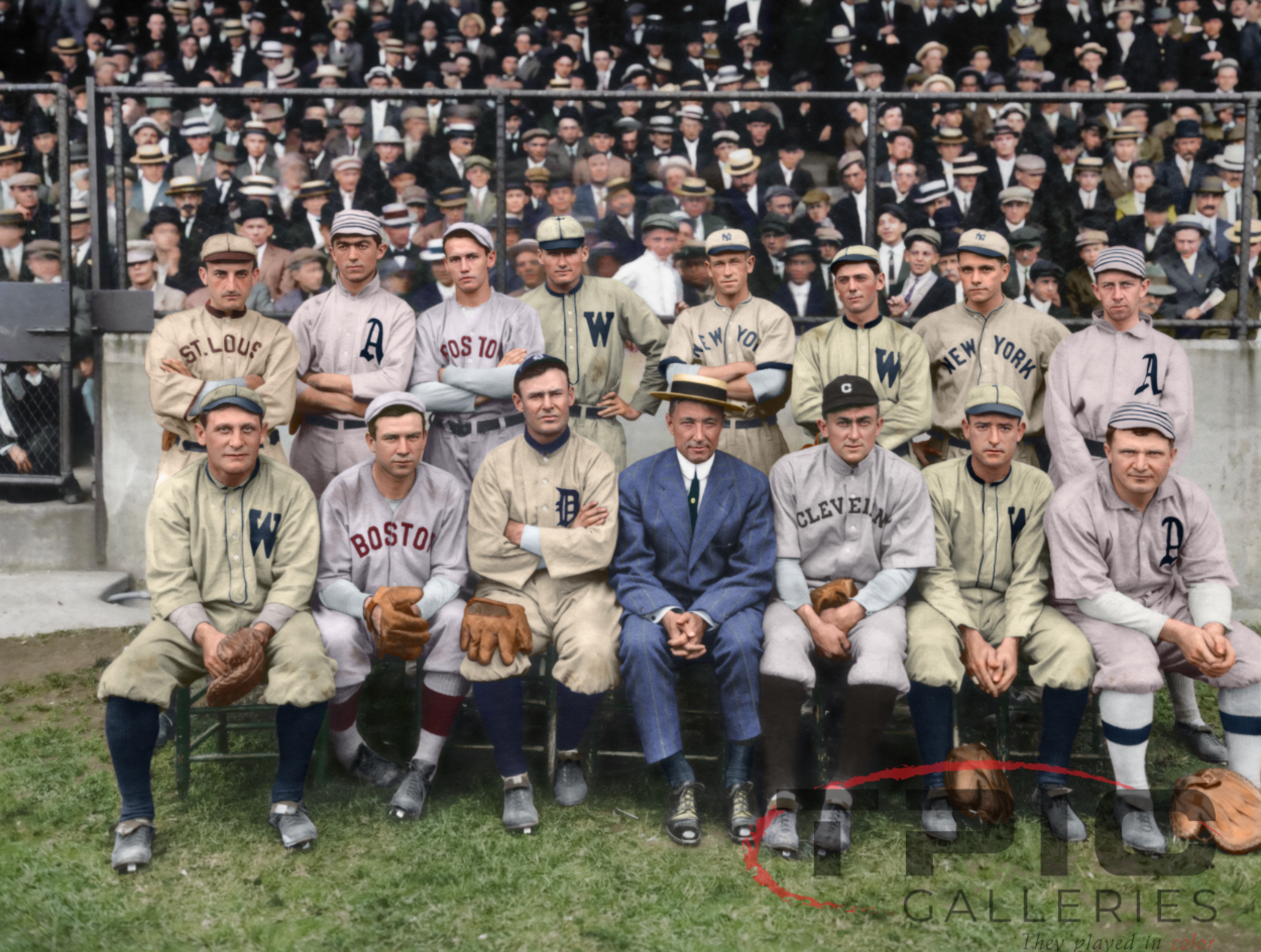
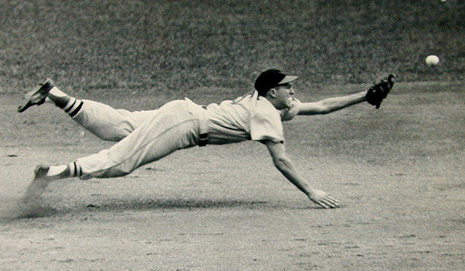
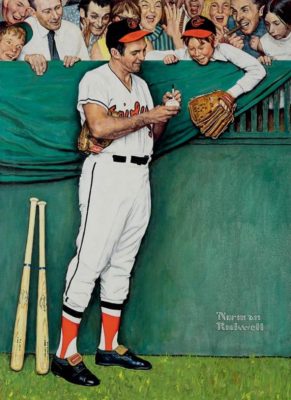
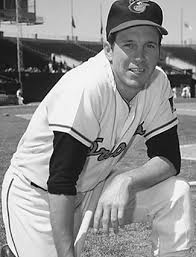
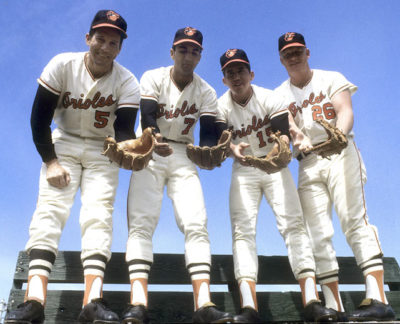
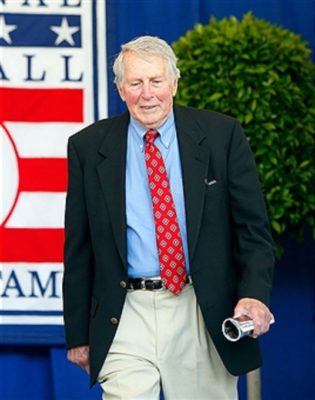
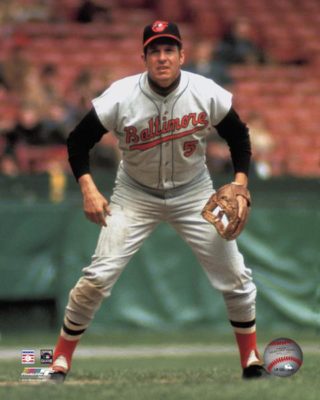
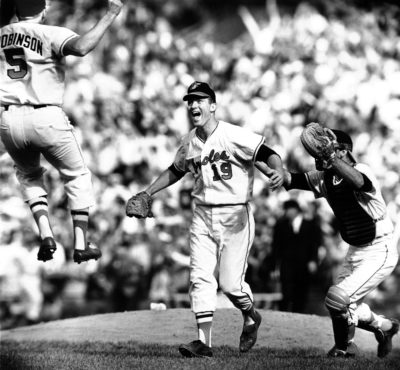
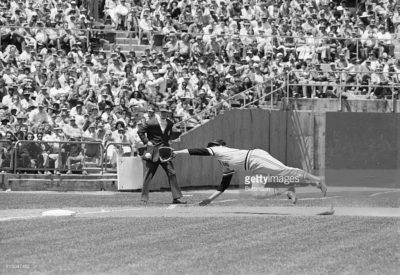
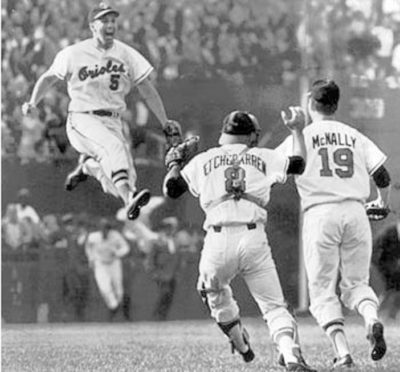
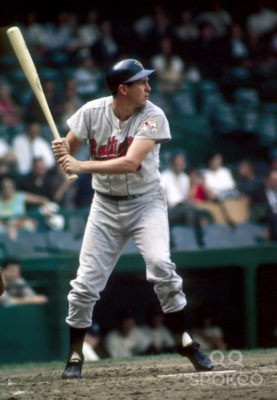
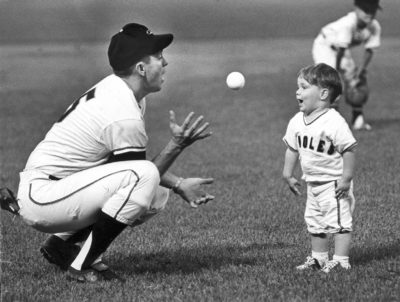
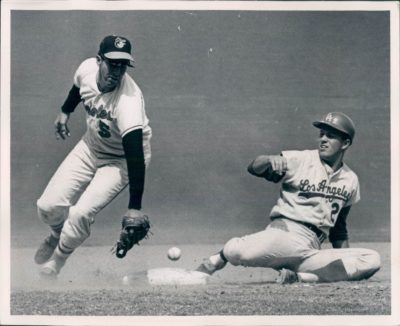
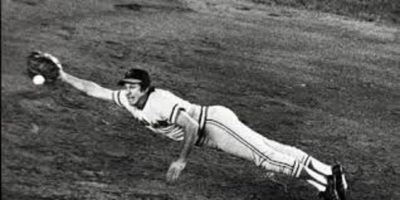
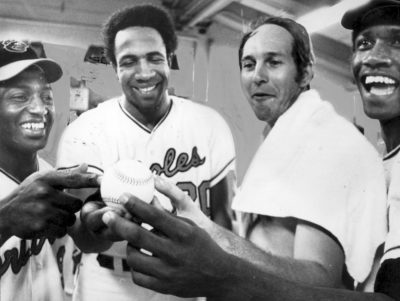
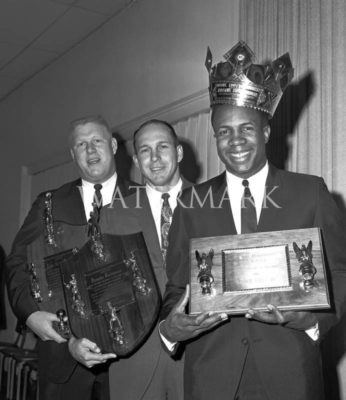
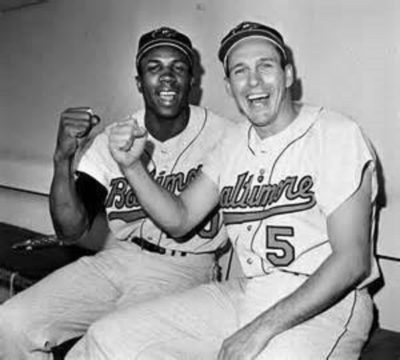
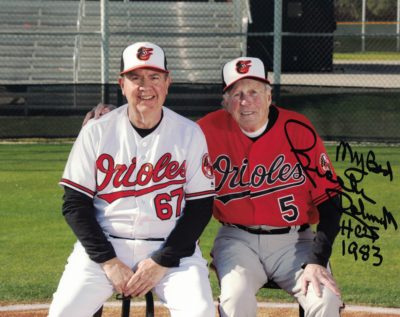

Terrific stuff here Gary! I did not know about Brooks Robinson’s weird and yet wonderful anomaly. Considering the O’s won 3 of the 4 games Brook’s is probably not as bothered by it as he would be had they lost 3 of 4! The man was a winning ballplayer.
Thanks Mark…agreee completely!
Whenever I think of a triple play I recall Joe Pignatano, journeyman catcher for the Dodgers, Athletics, Giants, and Mets; Joe hit into a triple play in his last at bat in the Major Leagues. In the eighth inning on September 30, 1962 Met Sammy Drake singled followed by Richie Ashburn’s bingle, Pignatano then lifted a short fly to right where Cubs second baseman Ken Hubbs made a great catch and then threw to Ernie Banks at first to double off Ashburn. Banks subsequently fired to Cubs shortstop Andre Rodgers who tripled off Drake at second. Ironically, Pignatano, Drake, and Ashburn never played in another Major League game.
Kevin
Thanks Kevin…I vaguely recall hearing that about Joe Pignatano, who I do remember well. I also remember that he passed away just recently, May 22, 2022.
While I’m sure this record is true, the one glaring mis-statement made is who was managing Robinson when he hit into those triple-plays. Weaver did not become the O’s manager until after the dates mentioned, so Earl’s “Dr. Three-run homerun” philosophy was not part of the equation.
Thanks I took the part about Weaver out.
Well done, Gary! Another intriguing and entertaining article from our editor-in-chief.
For all the informative emphasis on Robinson, which is the whole point of your post, I couldn’t help wondering what Tony LaRussa is teaching his players these days. “No need to tag up”? “Just keep your head down and run like the wind”? “Pay no heed to the fundamentals”? “Hope for the best”?
Maybe the beloved spirit of Babe Herman is alive, well, and now haunting the South Side of Chicago. As if that toddlin’ town doesn’t have enough trouble!
Best regards,
Michael
Thanks for the kind words Michael…great to hear from you! And yes, we do have enough problems right now…
Gary,
Thanks for dragging us kicking and screaming into the 21st century–and then relating it to bygone times! This is why you run the best baseball site extant.
Excellent comment by Kevin, with the ironic twist at the end.
Thanks a lot Bill!
Gary, your diligence; and attention to detail, delights us once again. As always, great work on this “triple killing” historical summary that, although rare; happens more often than we think {and under weird circumstances sometimes}. And, leave it to my woefully under-achieving WSox to not know baserunning as well as an average Little Leaguer.
Thanks Tom, I thought this one might catch your attention! And you’re right about your woefully underachieving Sox. By the way, I’d be interested I’m hearing your take on LaRussa, who I’ve never particularly liked. Do you think he’s responsible?
Well, maybe he’s responsible only by using a combination of old school, “gut feeling” managing, in conjunction with the analytical decisions that seem to be preferred in today’s game. He’s tried to mesh both tactics. In all fairness to him, he was innovative; in some of the metrics/analytics used today, during his tenure as a skipper in Oakland and St. Louis. On a side note, Gary; being the “wizard” of baseball history that you are; here’s something for ya that’s right up your alley : LaRussa is the 8th manager in MLB history to have attained a law degree. The other 7 are : J.H. O’Rourke-Buffalo 1881-84 & Wash 1893, John M. Ward-NYG 1890, Hughie Jennings-Det 1907-20 & NYG 1924, Miller Huggins-StL Cards 1913-17 & NYY 1918-29, Muddy Ruel-StL Browns 1947, Jack Hendricks-StL 1918 & Cinc 1924-29, Branch Rickey- StL Browns 1913-15 & StL Cards 1919-25. Well, Chavez Ravine will be the focus of MLB in a few days……enjoy it, amigo.
Thanks for the great info, Tom. You’re right about LaRussa. I guess I’ve just never particularly liked his dour personality. The name on the lawyers list that really caught my attention was Muddy Ruel. Now I’ll have another thing to remember about him other than being one of the slowest runners ever! And also being the catcher in the game in which Carl Mays hit Ray Chapman, and the guy who scored the winning run in the 1924 World Series!
Note to self: When a reader/contributor shares his last name with a storied former chief justice of the good-old U.S. of A. he is not to be trifled with! Hence I must think carefully before surrendering to a natural-born impulse to be a jerk-wad at exactly the wrong moment. (Heaven knows I have it in me.)
Having studied a bunch of muddy rules myself back in the day, however, I’m pretty sure Thomas would echo my belief that FSU’s law-school curriculum offered next to nothing on baseball strategy, fundamentals, analytics, or otherwise “playing the odds,” at least back in the 1970s. I may be “frequently wrong, never in doubt,” but on this point I have checked the wind, conferred with an entire coaching staff, polled the groundskeepers and imagined a post-game press conference from hell, all before going with my (ample) gut.
Haha! That’s the vintage M. Keedy prose that I’ve learned to love…even if I have to read it two or three times through to figure out what he’s trying to say…and even then I may not be sure!
But it doesn’t matter…keep it comin’ Michael! What would we do without you? This would be a much duller place for sure!
Reading this reminded me of my father (born in 1910) who had formed personal friendships with several old time baseball players, one of which was Bill Wambsganss, often referred to as Bill Wamby. My dad always called him “Wamby.” Wamby lived in Lakewood, OH at the time, a suburb of Cleveland. They would have lengthy phone conversations about the old days, players, etc. and I would often sit at the kitchen table to listen to my father’s end of the conversations.
Who was Bill Wamby and why did this story remind me of him? Bill Wamby made the only unassisted triple play in World Series history. It took place at Cleveland’s League Park in the 5th. game of the 1920 World Series, which the Indians went on to win, one of only 2 world series in their franchise history.
Thanks a lot Ray! Great info right there! My grandfather became friends with Rogers Hornsby…and like you with your dad, what we wouldn’t give to go back in time and be able to pump them questions about those friendships. Thanks for checking it…Please stay in touch! -Gary
I am not sure of the exact details, (I don’t follow baseball as much as I used to) but didn’t the Twins have TWO around the horn triple plays in ONE game about thirty or so years ago. I believe it was against the Red Sox, and I remember it because usually a triple play involves a line drive with the runners off with the pitch or some other baserunning gaffe.
Thanks for the great info. You’re right! here’s what I found: “In a game played before a Fenway Park crowd of 34,113, the Minnesota Twins turned two triple plays against the Boston Red Sox, a feat that had never happened before in the major leagues. Despite the rare accomplishment, the Twins lost to the Red Sox, 1-0.” Date was July 17, 1990.